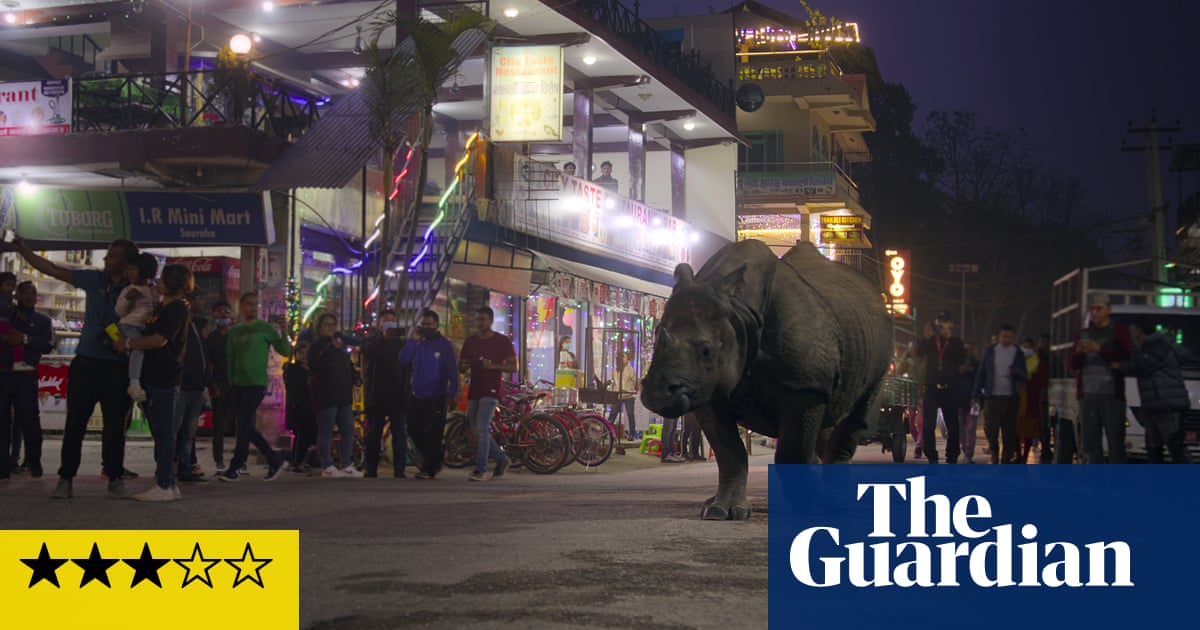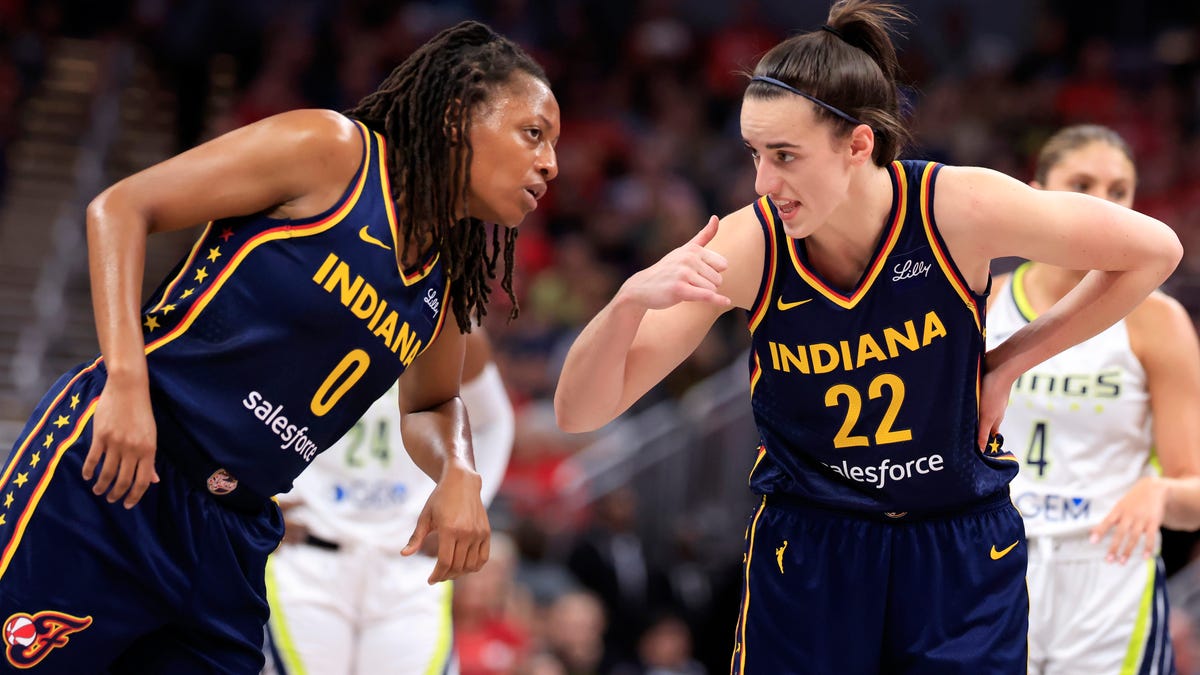World
Our Living World review – Cate Blanchett’s nature show is a rare ray of hope

Our Living World begins with a cheesy inspirational quote: “Realise that everything connects to everything else.” Leonardo da Vinci said that, possibly. Soon, this nature series has glowing blue lines running across the screen, and Cate Blanchett on the voiceover, authoritatively announcing that the planet’s species are dependent on each other in ways we cannot immediately see and might not have imagined.
It sounds as if this programme thinks it has discovered the concept of ecosystems, and across four episodes it makes repeated use of the same trick: it shows us one animal or plant, then shocks us with how that one helps another. Gradually, however, the show builds this into a powerful lecture on the climate crisis, conservation and, in particular, the importance of small gestures and how they can have larger effects down the line. In an age when we urgently need to act but the task of maintaining a survivable planet can seem too big for an individual to contemplate, let alone tackle, it’s a valuable lesson.
We start with a rhinoceros commuting through a Nepalese town in rush hour, padding along the tarmac, unconcerned by the traffic or the delighted locals wielding smartphone video-cameras. Humans have built over his natural route from one feeding ground to another. But this is not, on the whole, a show about our species encroaching on the natural world. It’s about how delicate that world is, such that the tiniest infringements can be deadly – and reversing those abuses could be priceless.
We move to the Arctic, where we watch reindeer being stalked by wolves. The wolves’ attentions force the herd to stay on the move, we are told. This means they graze over a wider area. That means there is a larger blanket of uninterrupted snow, and that in turn means the top of the Earth has a bigger reflective panel on its roof to disperse the heat of the sun.
In the sea nearby, the water beginning to freeze is part of a system of ocean currents and temperature movements that manifests on the coast of Africa as a storm, leading to nitrate-heavy rain falling and revitalising the dry savannah. In the watering hole that results, a family of hippos frolic to Austin Powers lounge jazz. Another hippo tries to muscle in; the elder male fights him off; the cool jazz plays again.
We’ve gone from hungry wolves to angry hippos, both cute sequences that could appear in any wildlife documentary. When the rains abate, elephants pick at dry, dead trees, leaving logs on the ground that help to start bushfires, the smoke from which eventually causes phosphorus to nourish the Amazon rainforest, where a brazil nut tree relies on orchids, bees and toothy rodents to flourish.
And so it goes on, with Blanchett’s narration playfully anthropomorphising the participants: “He’ll only live for a year,” she says of a hatching cuttlefish, “so he seems determined to learn as much as he can, as fast as he can.” When the script requires her to arch an eyebrow, you bet she’s going to arch it. “Hares,” it is drily observed, “rarely die of old age.”
The chase between hare and hawk is one of those sequences that elite wildlife programmes spend six months trying to capture, and the last five minutes of those shows is usually devoted to boasting about how they pulled it off. Our Living World isn’t quite at that level: it evidently didn’t get much good footage of claws scraping on fur, so it just edits together some shots of the two animals on their own.
Those hares, though, sprinting around the forest between the Cascade Mountains in Oregon, are the harbinger of the closing two episodes’ dread warning. They moult and turn white in winter, which is increasingly a bad idea since there’s not as much snow as there once was: their technique of standing still and blending in with the bright whiteness when a bird of prey flies overhead is no longer a goer. The hawks will get them all soon enough.
after newsletter promotion
Having made sure we understand the butterfly effect of any interference in ancient cyclical processes, Our Living World is ready to appeal for help. We have been shown how nature can adapt and survive: spawning salmon, finding that their journey upstream has had a road built across it with SUVs speeding through the shallow water, have resolved to take their chances and swim across the tarmac.
If they can do that, we can get involved in rewilding, in conservational initiatives, in the little things to which anyone can contribute. The enormity of the climate emergency and the scale of the crime we’ve committed is left for other programmes to measure: here instead is a dappled ray of hope, and a reminder that we’re all in this together.









